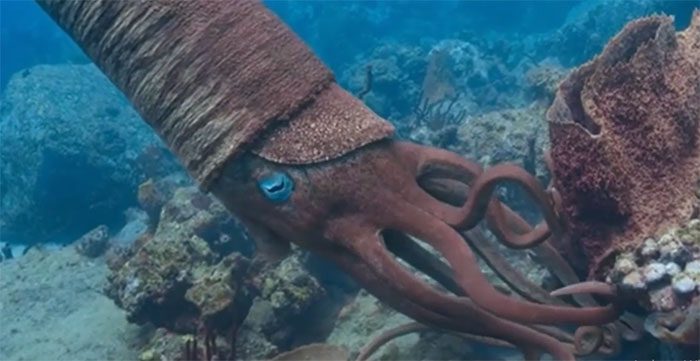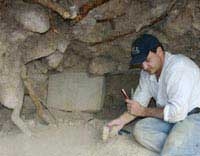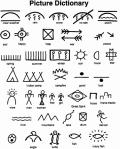Millions of years ago, giant squids like the Cameroceras dominated the ancient oceans with shells reaching up to 8 meters in height.
Cameroceras hunts for prey at the ocean floor. (Video: Netflix).
In the nature documentary Life on Our Planet on Netflix, filmmakers reenact the hunting behavior of ancient giant squids in unprecedented detail, as reported by Newsweek on October 24. According to Tom Fletcher, the scientific advisor for the program, ancient cephalopods (a class of marine animals that includes squids and octopuses) like Cameroceras and its relatives were monstrous conical-shelled creatures that floated and drifted across the ocean floor in search of prey. Cameroceras had a massive shell, much larger than its head resembling a face, with large eyes and long tentacles, allowing it to search through crevices to capture its prey.
This giant creature with tentacles lived 470 million years ago and became extinct about 30 million years later. “Its modern descendants are the relatively small and harmless nautilus. In contrast, the fossils we have of them are visually striking, revealing just how large Cameroceras was,” Fletcher said. Cameroceras fossils have been found in China, Europe, and North America, but displaying their soft-bodied tentacle structures is a challenging task. Fletcher and his team had to look for modern or extinct relatives of Cameroceras to reconstruct the missing parts, as soft tissue fossils like tentacles and internal organs of such animals are extremely rare.

It extends its long tentacles through the crevices of the coral reef and successfully captures its prey.
The research team also examined modern cephalopods such as cuttlefish, octopuses, and squids to learn more about how Cameroceras moved and its intelligence. “The closest living relatives of Cameroceras are nautiluses, which have hardly changed for millions of years. This gives us some clues,” Fletcher noted. In the video, Cameroceras moves along the ocean floor to hunt. It extends its long tentacles through the crevices of the coral reef and successfully captures prey resembling a horseshoe crab.
In the program, pioneering experts use a system called time-travel cinematography, which allows visual effects to harmoniously blend with natural history. Tapster hopes the show will provide viewers with a new perspective on prehistoric life on Earth while emphasizing the importance of protecting the creatures living on the planet today.





















































